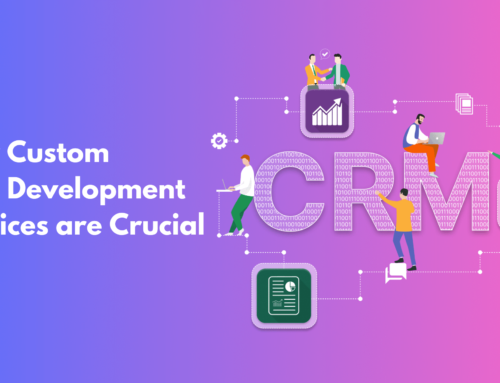A BEGINNER’S GUIDE TO WEB DESIGNING
How to make web designs?
Well, you are a fresh graduate and decided to get into the web design and development business. Luckily, you get a client’s call who needs a website for his business. You agreed to the terms and now you want to know where to start from?
What is web designing?
Web designing is a broad term, most people might make it confused with graphic designing, which in reality is one component of the web designing process. When you are asked about web designing, it refers to all the processes that are included to plan, implement and manage websites. Some of these processes include web architecture, structure, navigations, design, aesthetics, layouts, user interface, fonts, contrasts, icons, and much more.
See, it’s a long and complicated process and only when you are able to bring all these elements into perfect balance and harmony with each other, then only you will be able to come up with an aesthetically pleasing and high functionality website.
How to design a website?
Fortunately, there are lots of utility tools and online resources available that can help you during the course of web design and development. However, before you explore the resources, it is important to figure out the processes or steps involved in the project.
Now, since we are talking about the complete website designing project, you might need to get on board a few technical expertise. Though being a designer you might be tempted to do it all yourself, but that’s not a good idea. Your best bet is to have at least a developer and an SEO professional on board, who can assist you with their valuable knowledge and expertise.
Below we will be sharing some website design tips in a stepwise manner. This will help you to develop a web design from scratch to the refined product, following best practices. So, let’s just begin.
Research
As with any other project, the first step is to scrape the data and information. You need to sit with the client and ask about project aspirations and necessities. Let them brief you on what they are looking, while also getting some insights into the business model, industry, and competitors. Apart from getting an insight into the business model, you also need to ask about the potential target market, development goals, and creative inspirations, or some other unknown variables that may have an impact on the final costing, deadline, or functionality of the website.
Scraping the Designs
Once you have the client’s input, it’s time to get the sketch ready. You need to throw some rough ideas on the table; don’t worry about the rawness of the designs, you’ll always have the time and opportunity to refine those ideas at later stages. Just let the ideas flow onto the table.
Web designs are primarily driven by the content, for instance, the design for a news website will be entirely different from the design of a professional graphic designer. So, make sure your ideas stay relevant to the content of the site.
Minding the Technicalities:
Here we are talking about some fundamental technicalities, which will have an impact on the costs, deadline, and functionalities of the website.
One important technicality to decide upon at the initial stages is the underlying structure. Here you have two choices to decide from:
Basic HTML: Refers to the fundamental HTML site. Here each page of the website needs to be manually edited. The pro here is the time-effectiveness. Basic HTML sites can be developed quickly. The con is the lack of flexibility and customization options. One important this is that these basic HTML websites won’t just have HTML alone, rather they may inculcate other programming languages like CSS or JavaScript, for added functionalities.
Content Management System (CMS): This one is quite popular nowadays, primarily because of the ease of maintenance and flexibility it offers to customers. With a functional CMS, clients can easily manage regular updates for their websites without any professional help. CMS can either be created from the scratch (time-consuming) or can be purchased off-the-shelf and customized to meet the requirement.
Get the structure on paper:
Now that you have all the necessary information, it is time to bring things on paper. Chalk-out complete lists of sections with a description of the content. Also, list the features to include on the site including accounts, newsletters, social networking, commenting, signups, etc.
Wireframes
It’s time to create the wireframes for your site. Wireframes represent the simple line drawing that highlights the placement of elements on the site. This is important as it helps you as well as the client to get a feel for different elements and see what functionalities may be placed at center spaces to attract more traffic.
Website Designing
Ok, here we are specifically talking about an aesthetic aspect of designing. Once you have the wireframes and the client is happy, you can proceed to the design aspect.
Adobe Photoshop is one of the most popular and high-utility tools that may come in handy at this stage. Try out some simple yet elegant designs and try to restrain from cluttering designs. Keep the basics, usability, and functionality of the design intact at all times.
Create Web Pages
Once you have the web design, it’s time to transform those images into real web pages using HTML or CSS. You will either need the services of a professional developer (the coding guy) or you can use drag-and-drop software like Adobe Dreamweaver to get things done yourself.
Get it launched:
Once you are done with the web pages, the coding guy can get them to read with the CMS system. While backstage, you will need to buy a domain and hosting for the site. Once you have it, you can test the site initially and afterward let it go live.

